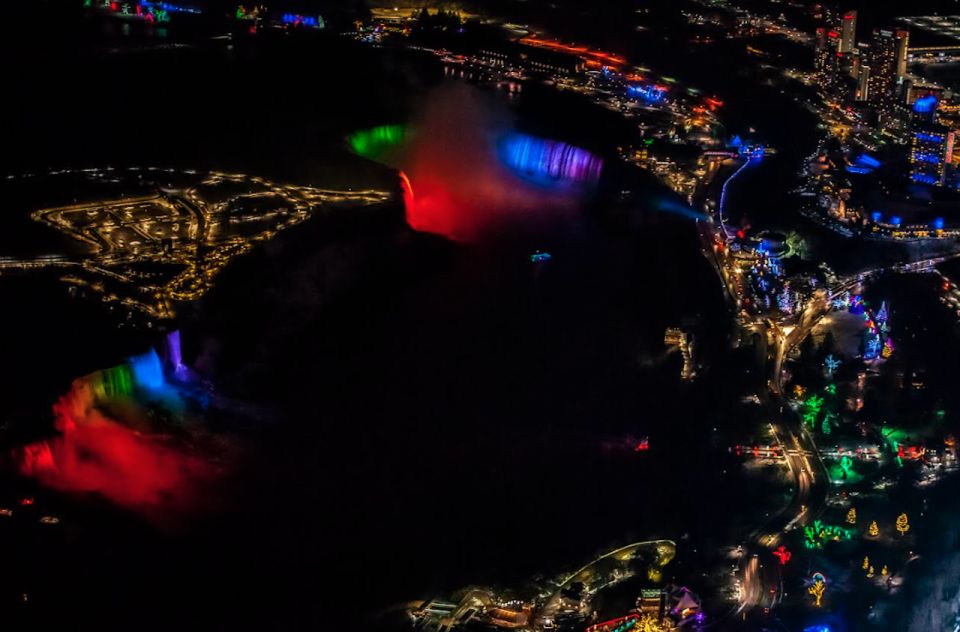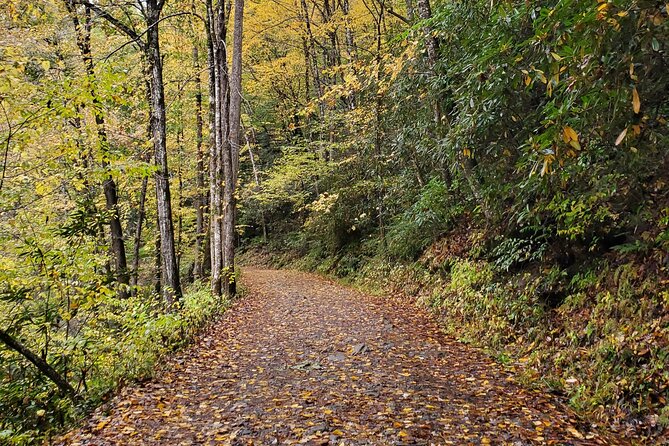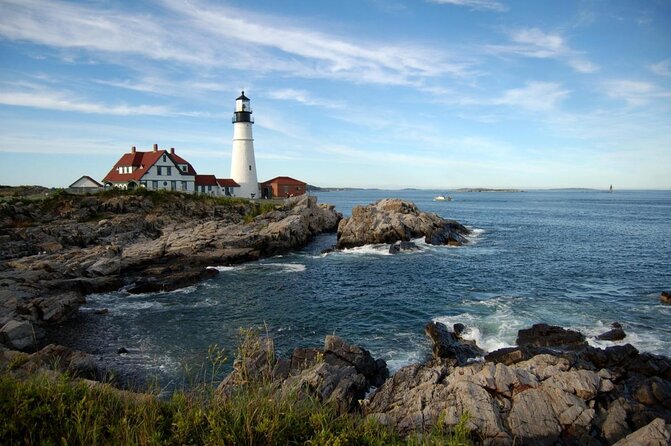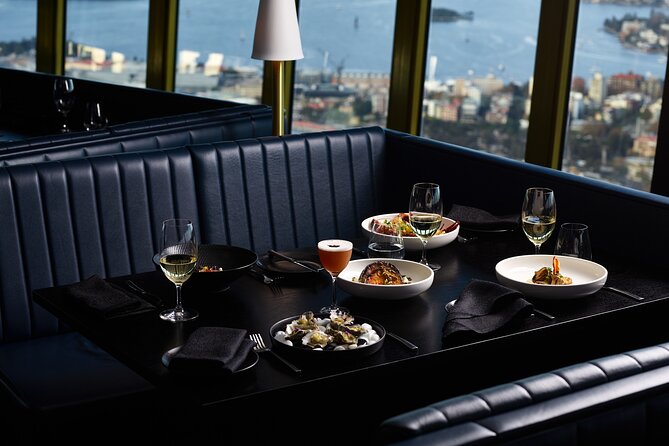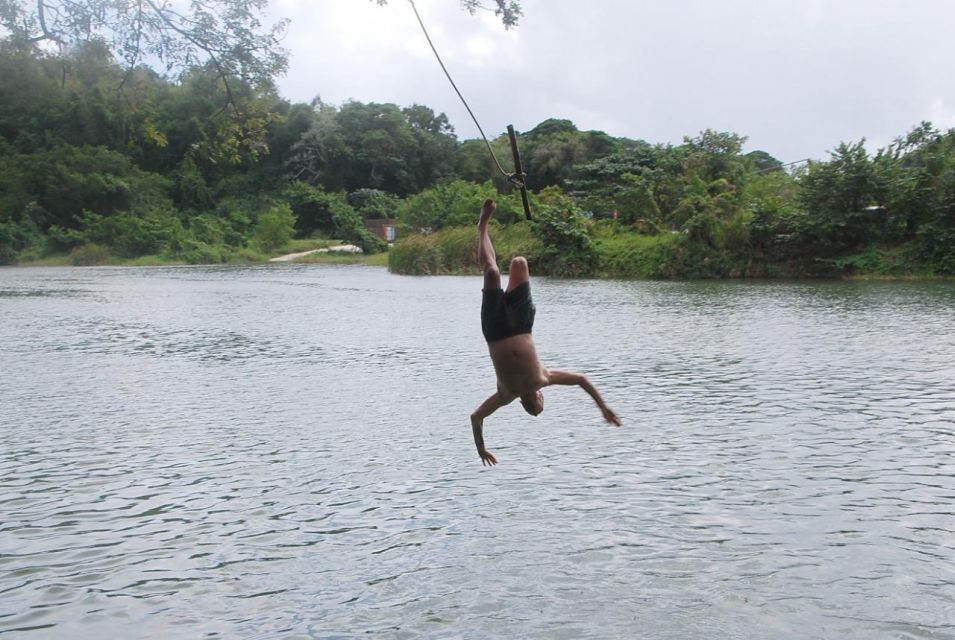In recent years, Dalmatian wines have been gaining recognition on the global stage, with a remarkable increase in exports of over 20% annually. This upward trend has piqued the interest of wine connoisseurs and enthusiasts alike, sparking conversations about the unique characteristics and flavors that define Dalmatian wines.
As the sun-soaked vineyards of Croatia continue to produce exceptional vintages, there is much more to uncover beyond the numbers.
Just The Basics

- Dalmatian wine epitomizes history, tradition, and innovation in winemaking.
- Indigenous grape varieties like Plavac Mali and Pošip define Dalmatian wine culture.
- Dalmatia offers a unique wine-tasting experience rooted in its terroir and heritage.
- Preservation efforts and quality commitment elevate Dalmatian wines to global excellence.
It's also worth checking out some other tours and experiences nearby.
Dalmatian Wine Origins
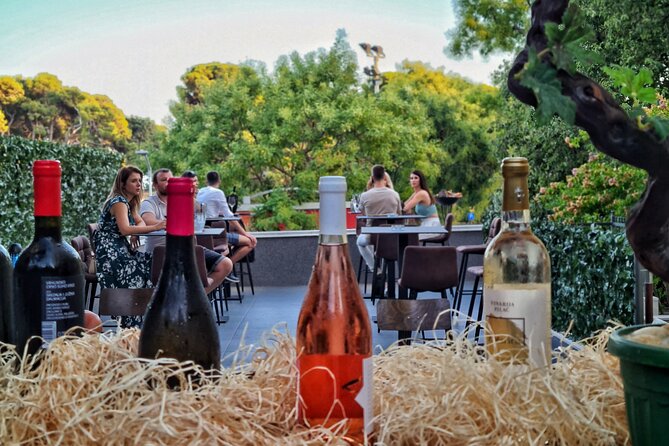
Dalmatian wine has deep historical roots, tracing back to ancient times when vineyards flourished along the sun-kissed coast of Croatia. These historical vineyards, blessed with abundant sunshine and Mediterranean breezes, nurtured indigenous varietals that have become synonymous with the region’s winemaking heritage.
The unique terroir of Dalmatia, characterized by limestone soils and a favorable climate, shaped the growth of grapes like Plavac Mali, Pošip, and Maraština. Through centuries of cultivation and refinement, Dalmatian winemakers have preserved these indigenous varietals, crafting wines that reflect both tradition and innovation.
The rich tapestry of Dalmatian wine origins is a testament to the enduring legacy of these vineyards and the distinct flavors they impart to each bottle.
Unique Dalmatian Grape Varieties
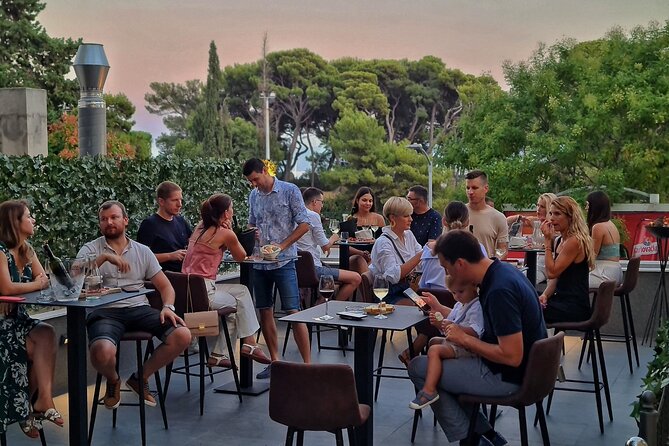
Indigenous to the sun-kissed coast of Croatia, the unique grape varieties of this region showcase a rich tapestry of flavors and aromas. These grapes aren’t only integral to Dalmatian winemaking but also hold historical significance, with efforts focused on their preservation for future generations.
- Grape diversity: Dalmatia boasts a wide array of indigenous grape varieties, such as Plavac Mali and Pošip, each contributing to the region’s diverse winemaking landscape.
- Vineyards: The vineyards in Dalmatia aren’t only stunning to behold but also play a crucial role in cultivating these unique grape varieties.
- Historical significance: Many of these grape varieties have been cultivated for centuries, embodying the rich winemaking traditions of the region.
- Preservation: Ongoing efforts are being made to preserve and protect these unique Dalmatian grape varieties, ensuring their legacy continues to thrive.
Traditional Dalmatian Winemaking Techniques
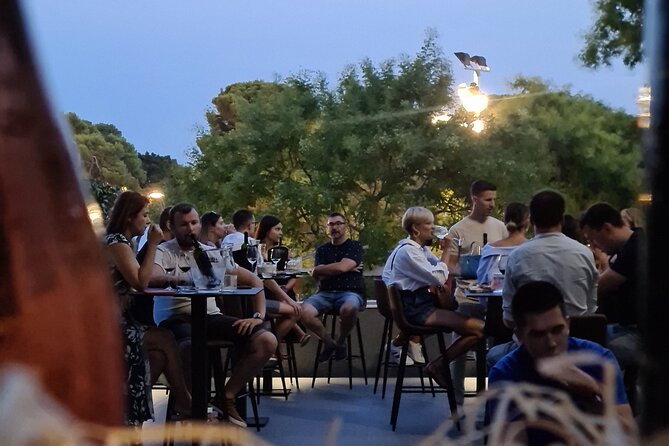
Utilizing age-old methods passed down through generations, winemakers in Dalmatia craft their wines with a deep respect for tradition and a keen eye on quality. These traditional Dalmatian winemaking techniques blend ancient practices with modern innovations, creating exquisite wines that reflect the region’s unique terroir. One of the key aspects of Dalmatian winemaking is the use of indigenous grape varieties such as Plavac Mali and Pošip, which have been cultivated for centuries. Winemakers also employ techniques like hand-harvesting and natural fermentation to preserve the authenticity of their wines. The table below provides a comparison of ancient practices and modern innovations in Dalmatian winemaking:
| Ancient Practices | Modern Innovations |
|---|---|
| Hand-harvesting grapes | Temperature-controlled fermentation tanks |
| Natural fermentation | Stainless steel aging barrels |
| Aging in oak barrels | Advanced irrigation systems |
Dalmatian Wine Tasting Experience
Set out on a captivating journey through Dalmatia’s rich wine heritage with an immersive wine tasting experience that showcases the region’s finest varietals. Here’s what to expect during this wine adventure:
-
Diverse Selection: Encounter a wide array of Dalmatian wines, from crisp whites like Pošip to robust reds such as Plavac Mali.
-
Food Pairings: Indulge in local delicacies like pršut (Dalmatian prosciutto) and Pag cheese that harmonize perfectly with the wines.
-
Tasting Notes: Savor the aromatic notes of Adriatic Sea influence in the wines, with hints of Mediterranean herbs and sun-ripened fruits.
-
Expert Guidance: Learn about the winemaking process and the unique characteristics of each wine from knowledgeable sommeliers.
Exploring Dalmatian Wine Culture
Explore the vibrant world of Dalmatian wine culture to uncover the rich history and traditions that have shaped this renowned winemaking region. Dalmatia boasts a long winemaking heritage dating back to ancient times, with local vineyards cultivating indigenous grape varieties like Plavac Mali and Pošip.
One of the highlights of exploring Dalmatian wine culture is discovering the art of wine pairing, where the region’s exquisite wines are matched with traditional Dalmatian cuisine to create unforgettable gastronomic experiences.
Visitors can enjoy the beauty of local vineyards, witnessing firsthand the meticulous care that goes into producing some of Croatia’s finest wines. Whether it’s a robust red from Pelješac or a crisp white from Korčula, Dalmatia’s wine culture offers a delightful journey for wine enthusiasts.
Here's a few more nearby tours and experiences we think you'll like.
- Split During Yugoslavia -The Magic of Urban Utopia
- Split to Mostar and Kravice Waterfalls Private Tour With a Local Licensed Guide
- Diocletians Palace Small Group Tour in Split
- Boat Tour With Skipper From Split or Trogir
- Split to Dubrovnik Private Transfer via Ston and Picture Stops (And Vice Versa)
- Supermini, Guided City Roadtrip, Oldtimer Fico, Split
Common questions
What Is the Significance of the Label Design on Dalmatian Wine Bottles?
The label design on Dalmatian wine bottles holds cultural symbolism, reflecting the region’s heritage and traditions. From intricate patterns to historic emblems, these labels not only showcase the wine’s origin but also tell a story of local pride.
Are There Any Specific Superstitions or Rituals Associated With Dalmatian Winemaking?
Folklore beliefs, winemaking traditions, cultural practices, superstitions, and rituals are intertwined in Dalmatian winemaking. These elements add depth to the process, connecting the winemakers with their heritage and the land.
How Do Local Restaurants in Split Incorporate Dalmatian Wines Into Their Menus?
Local restaurants in Split elevate their menus by expertly pairing Dalmatian wines with dishes made from fresh local ingredients. Wine tastings at these establishments offer a cultural experience, showcasing the region’s rich winemaking heritage.
Are There Any Famous Personalities or Historical Figures Associated With the Dalmatian Wine Industry?
Cultural influences on Dalmatian wine industry have been shaped by notable personalities and historical connections. Famous figures associated with this industry have left a lasting impact, enriching the region’s winemaking traditions over time.
Can Visitors Participate in Any Grape Harvesting or Winemaking Activities During Their Stay in Split?
Visitors in Split can participate in grape stomping and winemaking workshops, providing hands-on experiences in traditional practices. These activities offer a unique opportunity to engage with the local culture and learn about the winemaking process firsthand.
Not for you? Here's more of our most recent tour reviews happening neaby
- Split and Trogir Half Day Tour From Split
- Full Day ATV Tour From Split
- Cetina River Small-Group Wine Tasting Tour (Mar )
- Blue Cave and Hvar – 5 Islands Speedboat Tour From Split
- River Tubing on River Cetina From Split or Zadvarje
- Canyoning on Cetina River Adventure From Split or Zadvarje
- Krka Waterfalls, ŠIbenik & PrimošTen From Split or Trogir
- Blue Cave, Hvar and Five Islands – Small-Group Tour From Split
- Rafting on Cetina River Departure From Split or Blato Na Cetini Village
- Original Eye of the Earth Tour With Paddleboarding on PerućA Lake
- Visita Guidata Privata Della Storia Divisa a Piedi in Italiano – Gruppo Piccolo
- Private Transfer From Split to Sibenik
- Deep Water Solo and Cliff Jumping Tour in Split
- Croatia Private Sailing Trip With Watersports and Lunch – Split
- Private Split City Walking Tour – Spanish Guide
Last Words
To sum it up, the Dalmatian Wine Story offers a captivating journey into Croatia’s winemaking heritage, blending tradition and modernity to create a truly immersive experience.
From the origins of Dalmatian wines to the unique grape varieties and traditional techniques, this adventure promises a delightful exploration for wine enthusiasts.
Raise a glass to the vibrant culture and exquisite flavors that await in this picturesque landscape. Join the festivities and savor the essence of Dalmatian wine.
Cheers to an unforgettable experience!

